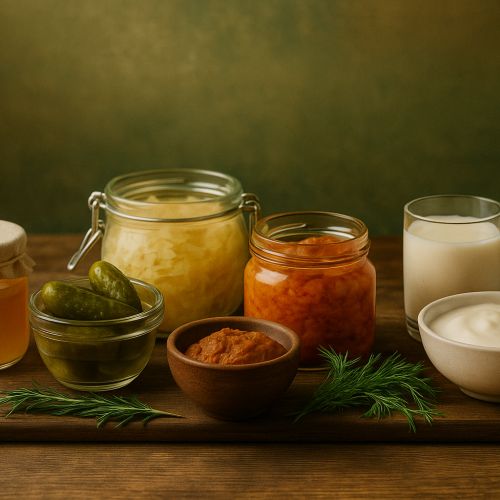Fertilizing Potted Plants In 5 Questions
Because they have a limited amount of potting soil, potted plants require regular fertilizer applications. If you're wondering which product to use to feed your houseplants and how often to provide them with fertilizer, the following article is for you. We will explain how to fertilize potted plants in 5 questions.
Why fertilize potted plants?
Unlike plants grown in open ground, potted green plants and dwarf fruit trees have a limited amount of soil available to them.
Even with high-quality potting soil, the substrate in the pot only provides enough nutrients to feed the plants for a few weeks.
Since this nutrient reserve is generally insufficient for the long term, it is essential to fertilize potted plants to enable their growth and ensure abundant flowering and/or fruiting.
How often should potted plants be fertilized?
Once the importance of fertilizing potted plants has been emphasized, it becomes more challenging to answer the question of how often to apply fertilizer. Indeed, each plant species has its own requirements in this respect.
Some indoor plants are even exceptions to the rule and do not need any fertilizer at all. This is the case for succulents and cacti, as well as orchids and carnivorous plants...
Conversely, dwarf fruit trees and certain vegetables such as tomatoes and cherry tomatoes must be fertilized regularly as they have significant needs.
3- Which fertilizer to choose?
As a reminder, the fertilizers available on the market contain the essential elements nitrogen (N), phosphorus (P), and potassium (K) necessary for plant growth. However, it's important to know that the ratios of these three elements vary depending on the type of fertilizer.
Specifically, a fertilizer for green plants contains a higher percentage of nitrogen, while a fertilizer for flowering plants is richer in potassium, and a fertilizer for fruit trees or vegetable plants is higher in phosphorus.
To make an informed choice of fertilizer, it's best to avoid so-called "universal" fertilizers and check the NPK formulation of the product. Specific fertilizers are more effective for potted plants as they cater to the particular needs of each type of plant, such as orchids or citrus plants.
4- Which type of fertilizer should be chosen?
All fertilizers sold commercially are directly assimilable by plants. However, the rate of nutrient assimilation varies depending on the form of fertilizer used.
The simplest products to use for fertilizing potted plants are:
• slow-release fertilizers, which come in the form of granules and release nutrients into the soil over several months.
• liquid fertilizers, which just need to be mixed with the watering water.
Each of these two types of fertilizers has its advantages. Liquid fertilizers have an immediate boost effect on wilting plants. They are quickly absorbed, but it's important to reapply them every week or every two weeks during the growing and flowering periods.
Slow-release fertilizers are more convenient for forgetful gardeners. It's enough to apply them at the base of the plants once every 6 months on average.
5- What tips for feeding potted plants?
When you buy a potted plant at a garden center, the plant has a nutrient reserve in its container for about 6 weeks. After this period, it is imperative to repot it.
Take advantage of repotting to incorporate slow-release fertilizer in the form of granules into the potting soil. Your plant will thus be nourished for 6 to 12 months.
The following year, in spring, you will simply need to apply a slow-release fertilizer on the surface. The granules scattered at the base of the plant will diffuse nutrients into the soil with each watering.
If you prefer liquid fertilizers to feed potted plants, dilute these products in the watering water during the growing season, which generally extends from March to September.
Adjust the frequency of applications to the needs of the plant and especially do not exceed the doses recommended on the packaging! With liquid fertilizers, an overdose can happen quickly... To avoid burning the roots, some cautious gardeners practice a dilution twice as strong as the recommendations, even if it means fertilizing more often.
Finally, note that there are other methods and tips for feeding green plants:
• Repot them at the beginning of spring as soon as their substrate seems exhausted.
• Practice topdressing if the pot is too large to be handled. Topdressing consists of replacing the first few centimeters of substrate, in March or in the fall.
• Use homemade fertilizer like compost or even coffee grounds or brewed tea leaves.
As we explained in another article, it is even possible to make natural fertilizer with banana peel macerated in water!











